
A Bright Future Ahead
Portable Spectral Services Announces Exciting Management Transition
FTIR stands for Fourier Transform InfraRed. It is a commonly used spectroscopic technique for molecular analysis. The technique works by infrared light being either absorbed or transmitted by the molecular bonds in a sample (Colthup et al., 2012). This process produces a spectrum with signals that are characteristic of the bond vibrational energies for a particular molecule or mineral. This generates a fingerprint spectrum that allows for molecule or mineral identification (Figure 1). Therefore, for geological applications, this technique is used for the analysis of mineralogy rather than chemistry.

Figure 1. Fingerprint spectrum for the mineral calcite.
FTIR measures the vibrational modes of a mineral. For a vibrational mode to be ‘IR active’, there must be a change in the dipole moment. Generally, FTIR is comprehensive in its detection of minerals, however a few minerals such as halite and galena are not ‘IR active’ and cannot be detected by FTIR (Woods, 2019).
Yes! FTIR peak intensities can be directly related to mineral concentration, and as such this method can be used for semi-quantitative analysis. The process involves the construction of a calibration model from an XRD quantified calibration set. The calibration model can then be applied to quantify unknown samples that have a similar mineral matrix. Below is an example of spodumene % being predicted from FTIR spectral data with a strong correlation to sample mineralogy measured by XRD (Figure 2).
Quantitative analysis is based on Beer’s law and therefore requires the use of a sampling technique with a set beam path (Smith, 2011). For geological applications, Attenuated Total Reflectance (ATR) is the best sampling method.
Figure 2. Predicted spodumene % from FTIR spectra based on quantitative XRD mineralogy. The black line represents a 1:1 correlation.
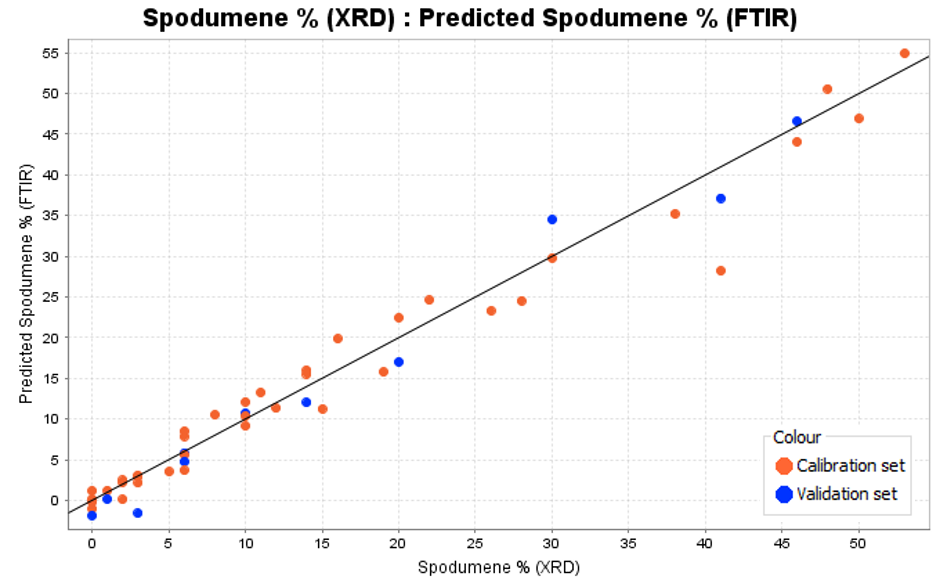
Yes! There are several hand-held and light weight portable bench top FTIR models on the market. Hand-held analysers can only be used for qualitative mineral identification, however portable benchtop models using ATR can provide both qualitative and quantitative data.
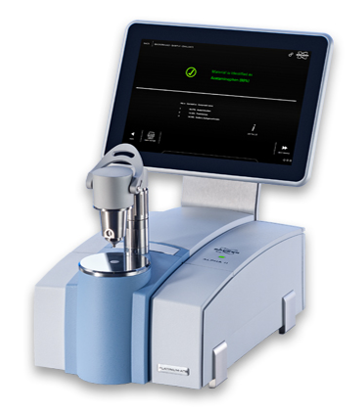
Figure 3. Bruker Alpha II benchtop FTIR with ATR sampling module.
Minimal sample preparation is required for FTIR analysis. Quantitative analysis using ATR, requires a pulverised homogenous sample which is often already produced for standard chemical assaying. Only a very small amount of sample is required, as only a 2 mm2 diamond needs to be covered by the sample for an analysis. Samples do need to be dry as the vibrational modes associated with unbound water can impact the reliability of the calibration model.
An FTIR scan takes approximately 30 seconds. With sample loading and unloading, a practiced operator can complete approximately 1 scan/minute. The scan data can be run through the calibration model at the end of each day to generate quantitative mineralogy results within 20 minutes.
Quantitative FTIR is fairly low cost, particularly in comparison to alternative quantitative mineralogy techniques such as XRD. There is an initial outlay when generating a calibration model, mainly in obtaining XRD data for a calibration set. Once the calibration model has been made, the only true cost is an operator’s time, as pulverising samples is usually available from chemical assays.
An FTIR instrument is relatively affordable in relation to other portable analytical techniques. A portable bench top instrument will likely cost in the region of AUD$50 000 – 60 000.
References
Colthup, N., Daly, L., & Wiberley, S. 2012, Introduction to infrared and Raman spectroscopy, 3rd edn, New York: Academic Press.
Smith, SC 2011, Fundamentals of Fourier Transform Infrared Spectroscopy, 2nd edn, CRC Press.
Woods, J 2019, ‘Application of fourier transform infra-red spectroscopy (FTIR) for mineral quantification’, Explore, no. 182, pp. 1-6.

Portable Spectral Services Announces Exciting Management Transition
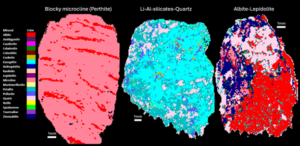
Our tool introduces uXRF (micro-X-ray fluorescence) scanning technology to RC chip analysis, enabling rapid, non-destructive, and quantitative analysis of major, minor, and trace mineral phases.
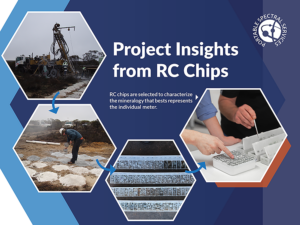
Automated micro-X-ray fluorescence (micro XRF) technology emerges as a powerful tool to rapidly and accurately capture the mineralogy of rock chip, RC and AC samples.

Findings of an ongoing regional evaluation study over concealed Proterozoic lithologies known to host magmatic nickel sulphides with potential to host other base-metal, gold and rare earth elements (“REE”) systems within the Fraser Range, Western Australia.
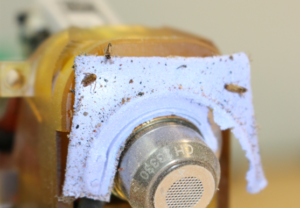
Findings of an ongoing regional evaluation study over concealed Proterozoic lithologies known to host magmatic nickel sulphides with potential to host other base-metal, gold and rare earth elements (“REE”) systems within the Fraser Range, Western Australia.
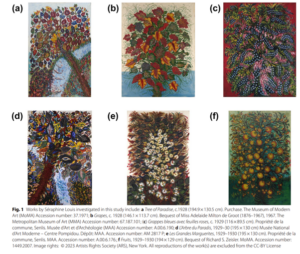
Findings of an ongoing regional evaluation study over concealed Proterozoic lithologies known to host magmatic nickel sulphides with potential to host other base-metal, gold and rare earth elements (“REE”) systems within the Fraser Range, Western Australia.
